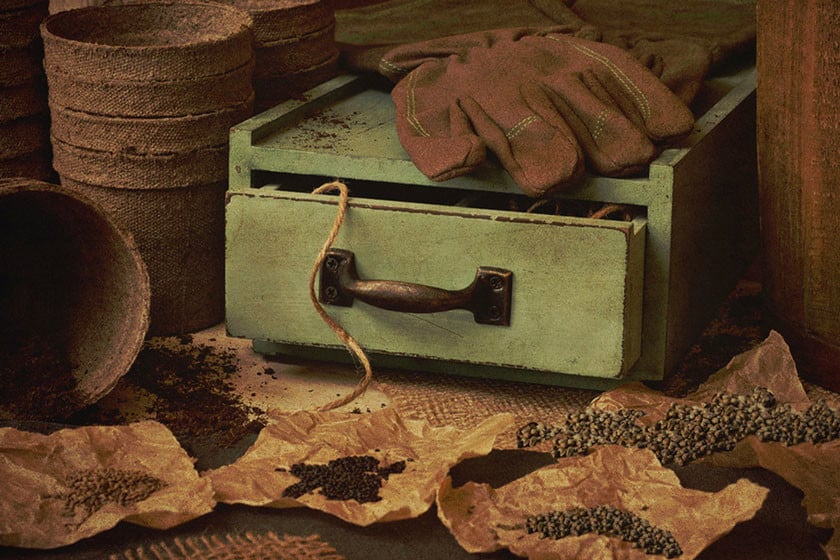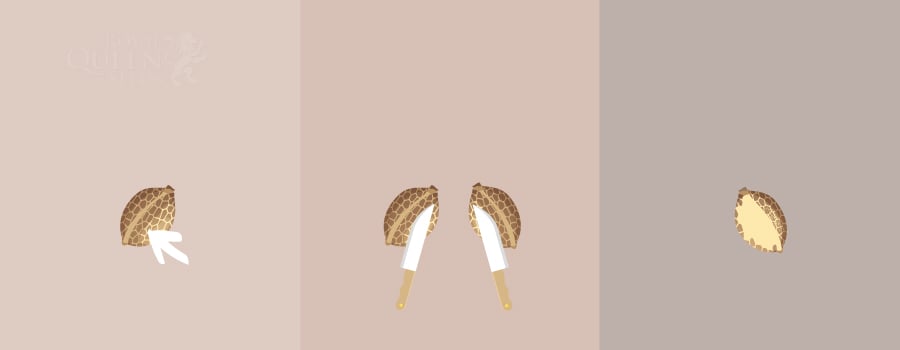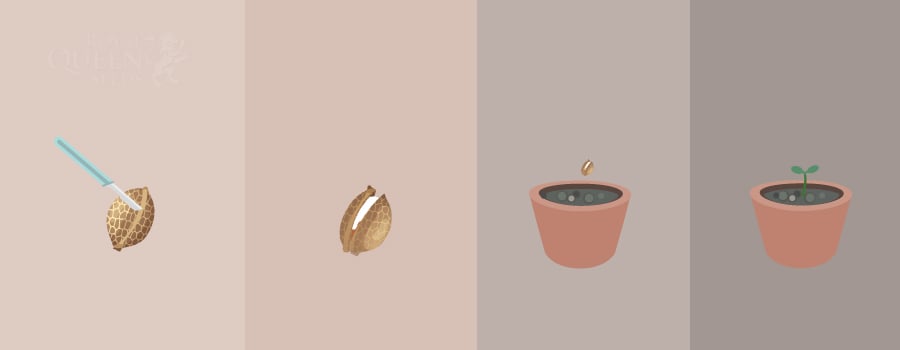Hopefull Stoner
Active member
Forget glass. Go with seed tubes like I do.
https://www.icmag.com/ic/showpost.php?p=9005617&postcount=499
yes, brother grabbed 1k of the smaller 1.5/2.0 had credit on the snake site so was free basically, bought a label machine on sale new and 6 cartridges on the snake. need to learn the machine to do inventory using the labels. a pita that will make shit easier in the future.
how do you store your tubes. i was looking a the centrifuge vial racks trying to get the best bang for a buck. saw a 5 pack but wanted to know if i can stack them. will have to ask. $15 for the 5 different colored racks. i like that to be able to quickly id what is where.























